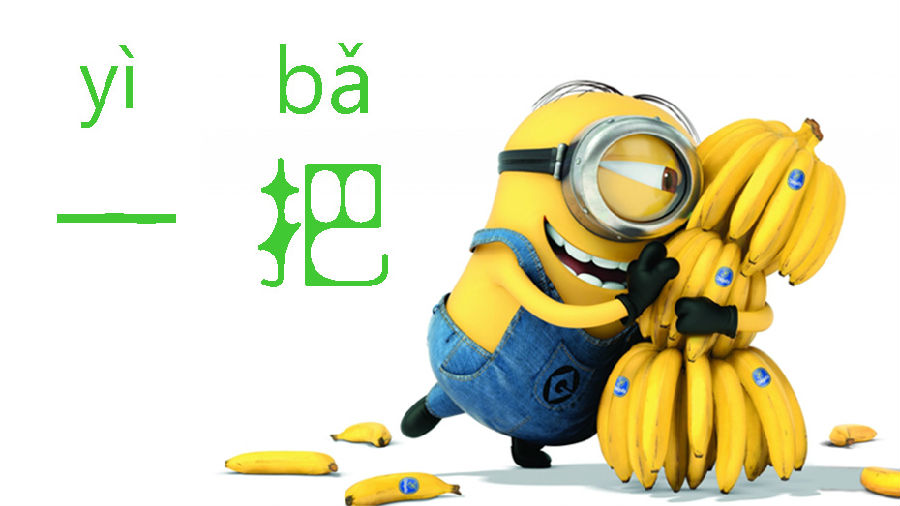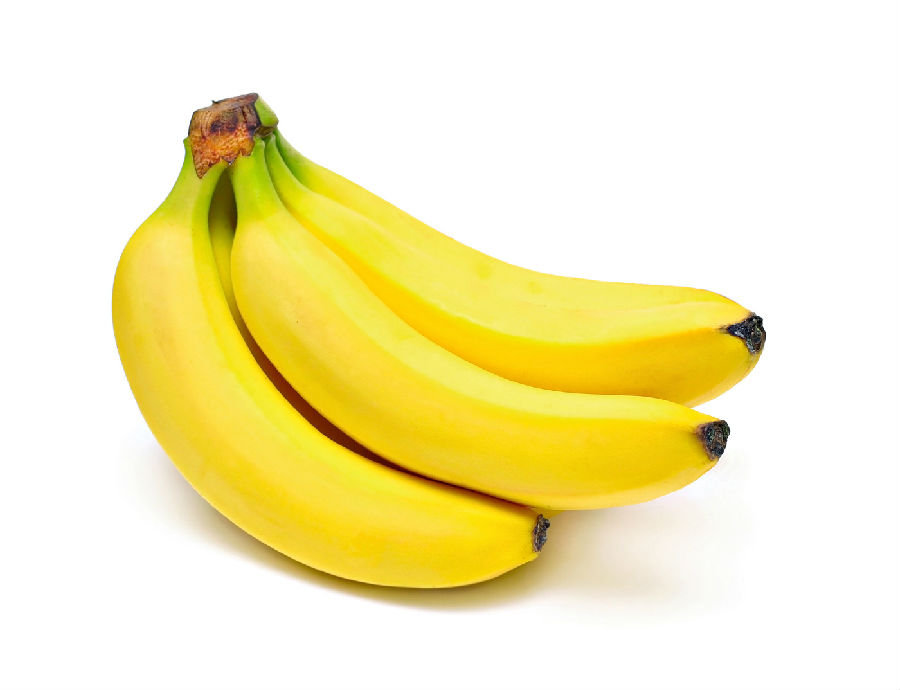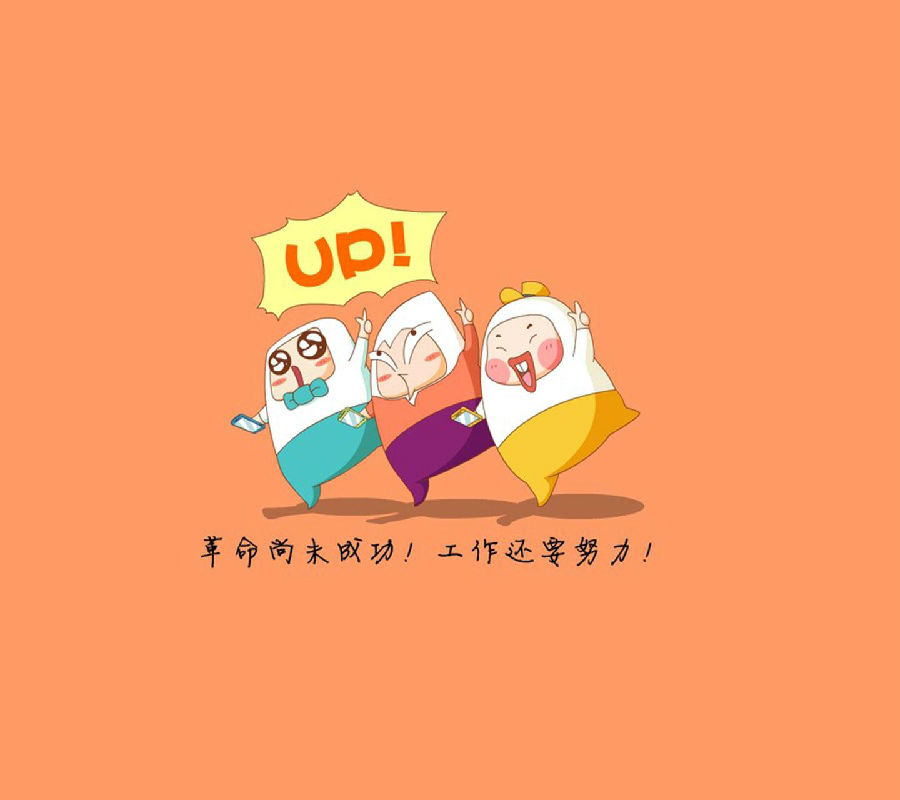
If you learn Chinese, you must know the character "把" and its corresponding uses. Besides the common use of 把 sentence, there is another use which is measure word. In modern Chinese language, a number cannot quantify a noun by itself. Measure words are used together with numbers to indicate the quantity of a noun (or action). the numeral comes, followed by the measure word and the noun:
如果你学过汉语,你肯定认识这个汉字"把" (bǎ) 并知道它的相关用法。除了常用的"把字句","把"的另一个用法是用作量词。现代汉语中,数词不能独自修饰名词,需要借助量词一起来表示某物(或动作)的数量,结构为"数词+量词+名词"。
| Pattern 句型 | Numeral 数词 | Measure Word 量词 | Noun 名词 |
| Chinese 中文 | 三(sān) | 个(gè) | 人(rén) |
| English 英文 | three | three |
However, some measure words are more difficult to understand, and "把" is one of them. Today, let's learn 8 ways how to use the measure word 把 (bǎ).
然而,有一些量词比较难理解,"把"字就是其中之一。今天,让我们来学习一下"把"作为量词的八种用法。

1. 把 (bǎ) is a measure word most commonly used to quantify objects that can be grasped or objects with a handle. e.g.
"把"用于表示可以用手握住的物体或带柄物体的数量,比如:
牙刷 yáshuā, toothbrush
钥匙 yàoshi, key
梳子 shūzi, comb
勺子 sháozi, spoon
叉子 chāzi, fork
刀 dāo, knife
茶壶 cháhú, teapot
剪刀 jiǎndāo, scissors
伞 sǎn, umbrella
尺子 chǐzi, ruler
笤帚 tiáozhou, broom
椅子 yǐzi, chair
扇子 shànzi, fan
小提琴 xiǎotíqín, violin
锯 jù, saw
斧子 fǔzi, axe
剑 jiàn, sword
手枪 shǒuqiāng, pistol
For examples:
I lost a key.
我丢了一把钥匙。
Wǒ diū le yì bǎ yàoshi
It's raining. I want to buy an umbrella.
下雨了,我想买一把雨伞。
Xià yǔ le, wǒ xiǎng mǎi yì bǎ yǔsǎn
Note that when specifying a noun, you can use "这(this)" or"那(that)"to replace "一", for examples:
注意,当特指某个名词时,"一" 可以用"这(this)"或者"那(that)"来代替。
This comb is Mary's.
这把梳子是玛丽的。
zhè bǎ shū zi shì mǎ lì de
That fan is very beautiful.
那把扇子很漂亮。
nà bǎ shàn zi hěn piào liang
2. 把 can also describe a handful of something. A set of objects that usually not bundled and could be hold in hand, e.g.,
"把" 也可以用来描述未捆绑、可以直接拿在手里的一组东西。
一把火柴 yì bǎ huǒchái, a handful of matchsticks
一把豆子 yì bǎ dòuzi, a handful of beans
一把米 yì bǎ mǐ, handful of rice
一把花生 yì bǎ huāshēng, handful of peanuts
一把沙子 yì bǎ shāzi , a handful of sand
Here are some ways to use it:
He fed the horse a handful of green grass.
他给马喂了一把青草。
Tā gěi mǎ wèi le yì bǎ qīng cǎo
The little girl put a handful of candy into her pocket.
小女孩抓了一把糖放进口袋里。
Xiǎo nǚhái zhuā le yì bǎ táng fàng jìn kǒudài lǐ

3. "A bunch/bundle of" can be depicted with 把. It is a measure word for things of the same kind fastened together for 香蕉 (xiāngjiāo, bananas), 筷子 (kuàizi, chopsticks), 菠菜 (bōcài, spinach), 萝卜 (luóbo, radishes), 大葱 (dàcōng, scallions) and etc.
"把"用来表示"一束"或"一捆"绑在一起的同类物品,比如香蕉 (xiāngjiāo)、筷子(kuàizi)、 菠菜 (bōcài)、 萝卜 (luóbo)、大葱 (dàcōng)等等。
For some examples:
I went to supermarket and bought a bunch of bananas.
我去超市买了一把香蕉。
Wǒ qù chāoshì mǎi le yì bǎ xiāngjiāo
I also bought two bundles of radishes.
我还买了两把小萝卜。
Wǒ hái mǎi le liǎng bǎ xiǎo luóbo
4. 把 only can describe a strong hand (this phrase would only occur in a sentence where the context would make the meaning clear — by itself, it is meaningless)
"把" 用于表示需要很大力气(本身没有任何意思,只能根据上下文确定其含义)。
Here is how it was be used:
This suitcase is very heavy. It will take a strong hand to lift it.
这个箱子很重,提起它需要一把力气。
Zhège xiāngzi hěn zhòng, tí qǐ tā xūyào yì bǎ lìqì
5. 把 can describe the things that are done with hands.
"把" 用于描述用手做的事情。
For example:
give her a helping hand
拉/帮她一把
lā/ bāng tā yì bǎ

6. 把 would also help to encourage, or to motivate someone to work harder.
"把"用于鼓励、激励某人再努力一点。
Here are examples:
work harder
再努一把力/再加一把劲儿
zài nǔ yì bǎ lì /zài jiā yì bǎ jìnr
You have to study harder, if you want to pass this exam.
如果想通过这个考试,还得再加一把劲儿。
rú guǒ xiǎng tōng guò zhè gè kǎo shì, hái děi zài jiā yì bǎ jìnr.
7. 把can also help modifying something about the actions with hands (the numerals have to be "一")
"把"也可以修饰用手执行的动作(数词必须是"一")。
An example:
She whines about her trouble with snot and tears streaming down her face.
她一把鼻涕一把眼泪地哭诉她的烦恼。
Tā yì bǎ bítì yì bǎ yǎn lèi de kūsù tā de fánnǎo
8. Lastly, 把can be a measure word for persons with special skills — or for some abstract nouns — a good hand at something. Like the following:
最后,"把"可以用作描述有特殊技能的人的量词,或者描述某些抽象名词,表示"a good hand at something". 比如:
He is good at babysitting.
他是带孩子的一把好手。
Tā shì dài háizi de yì bǎ hǎo shǒu
Measure words are very important in mandarin Chinese learning. The best way to remember measure words is with example sentences. Hope you have a better understanding of measure word "把" now.
量词在汉语学习中非常重要。记住量词的最好办法是在句子中使用。希望你现在对"把"的用法有更好的理解。
The article is translated and editted by Chinlingo. Please indicate the source for any use, reproduction or transfer.
本文由Chinlingo编译后发布,如需转载,请标明来源。



 闽公网安备 35020302035673号
闽公网安备 35020302035673号
0 responses on "The use of 把 as a measure word"